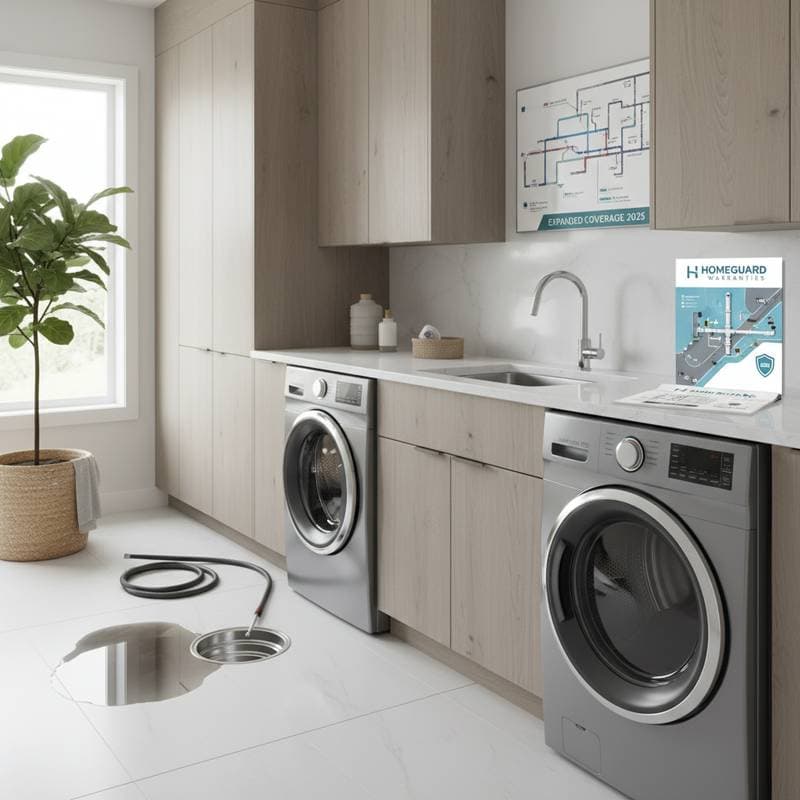2025 Tankless Water Heater Warranties: Essential Insights
A tankless water heater delivers space-saving efficiency, reduced energy consumption, and continuous hot water supply. Homeowners rarely consider potential malfunctions until they occur. The warranty serves as a critical safeguard, distinguishing between minor repairs and significant financial burdens. Familiarity with coverage scope, duration, and invalidation factors enables informed protection of this investment.
Importance of Warranty Comprehension
Purchasing a tankless water heater involves commitment to long-term reliability, which manufacturers support through warranties. These protections differ considerably: some address only components, while others encompass labor or provide lifetime options. Strict stipulations apply, however. Neglecting maintenance or employing unauthorized parts results in immediate forfeiture of benefits.
Many owners learn these nuances during breakdowns, confronting unexpected expenses. Reviewing warranty details prior to installation informs maintenance strategies and repair choices.
Standard Coverage and Periods
Tankless water heater warranties generally feature three core elements:
- Heat exchanger protection: Ranges from 10 to 15 years, with extensions possible for high-end units.
- Component protection: Spans 3 to 5 years.
- Labor protection: Lasts 1 year typically, extending to 3 years with certified installation.
Registration within a designated period after setup often enhances terms. For instance, one manufacturer provides 15 years for the heat exchanger upon registration within 60 days; otherwise, coverage reduces to 10 years.
Detailed Coverage Analysis
Heat Exchanger: Core Component
The heat exchanger, central to the unit, conveys heat from the burner or element to water under intense conditions. This makes it prone to long-term degradation.
Standard protections:
| Component | Minimum Warranty | Standard Warranty | Extended (Registered) |
|---|---|---|---|
| Heat Exchanger | 10 years | 12 years | 15 years or Lifetime |
| Parts | 2 years | 3 to 5 years | 5 to 7 years |
| Labor | 1 year | 1 to 3 years | 3 to 5 years |
Residential models receive longer terms than commercial ones due to lighter usage. Confirm your installation type to determine applicable duration.
Parts Protection: Vital Yet Costly Elements
This category covers sensors, valves, and controls. A flow sensor replacement costs $150 to $400. Warranty eliminates part expenses, though labor remains separate unless specified. Verify if labor includes on-site service or requires authorized facilities.
Labor Protection: Frequently Neglected Aspect
Labor allowances offset technician charges but prove most restrictive. Owners often presume labor accompanies parts coverage, which seldom occurs. Standard terms limit to one year, with extensions via certified installers or timely registration.
Professional installation documentation strengthens claims for broader labor benefits. Retain receipts, certifications, and service logs securely.
Factors That Invalidate Warranties
Warranties lose value through common oversights. Key pitfalls include:
-
Omitting yearly maintenance
Professional descaling and checks occur annually. Scale from hard water accelerates failures, and neglect voids protection. -
Self-performed installation
Policies mandate licensed professionals. Amateur efforts eliminate coverage from activation. -
Non-approved replacements
Generic parts for valves or sensors jeopardize entire system warranty. Source only manufacturer components. -
Disregarding water standards
Limits like under 7 grains per gallon hardness or pre-filters apply in affected regions. Violations exclude scale-related damages. -
Overlooking registration
Extended terms demand prompt online submission, adding years of protection effortlessly.
Accessibility and Installation Notes
Tankless units aid households with mobility challenges by simplifying access to hot water. Warranties extend to such setups if codes are met, including 30-inch maintenance clearance for wall mounts. Ensure full panel access in tight spaces to avoid disputes over ventilation or reachability.
Evaluating Extended Service Plans
Optional extensions from manufacturers or sellers cost $150 to $400, adding 2 to 5 years. Suitability hinges on local conditions.
Consider extensions when:
- Hard water persists without softening systems.
- High-demand usage across multiple fixtures.
- Access challenges increase service complexity.
Skip if:
- Water quality remains optimal with filtration.
- Moderate household consumption prevails.
- Base warranty suffices with expert setup.
Compare plan pricing to repairs: heat exchangers range $700 to $1,200; control boards around $300. Affordable coverage outweighs single incident costs.
Maintenance: Homeowner Versus Expert Tasks
Proper care sustains warranty compliance. Distinguish permissible actions.
Homeowner responsibilities:
- Inlet filter cleaning every 3 to 6 months.
- Manufacturer-approved descaling flushes.
- Leak and corrosion inspections.
Professional duties:
- Yearly descaling in hard water zones.
- Gas pressure verification for fuel models.
- Electrical and board diagnostics.
Document all activities meticulously. Manufacturers demand records during claims, where logs of dates, providers, and methods validate eligibility.
Brand Warranty Variations
Policies vary by producer, influencing model selection.
| Feature | Basic Model | Premium Residential | Commercial Grade |
|---|---|---|---|
| Heat Exchanger | 10 years | 15 years | 5 to 8 years |
| Parts | 3 years | 5 years | 3 years |
| Labor | 1 year | 3 years | 1 year |
| Registration Benefit | Optional | Required for max | Rarely available |
Premium options feature durable materials and superior terms. Commercial designs prioritize quick servicing over longevity. Scrutinize specifics rather than price alone.
Avoiding Claim Filing Errors
Claims demand precision to succeed. Sidestep these issues:
- Insufficient maintenance evidence
Submit technician-verified records. - Incomplete installation proof
Attach original receipts. - Prolonged reporting
Notify promptly upon issues to prevent neglect assumptions. - Unregistered units
Complete online forms at setup for ownership confirmation.
Engaging Professionals
Warranty failures route through authorized providers to preserve future claims. Non-approved services risk invalidation. For expired coverage, select licensed tankless specialists adhering to guidelines. Early diagnostics by experts avert escalation.
Securing Long-Term Performance
With diligent oversight, tankless heaters endure 15 to 20 years. Prompt registration, routine servicing, and organized records fortify warranty strength. Anticipate needs by studying terms upfront. Consult manufacturers or specialists for ambiguities. This approach yields dependable hot water and financial security.





